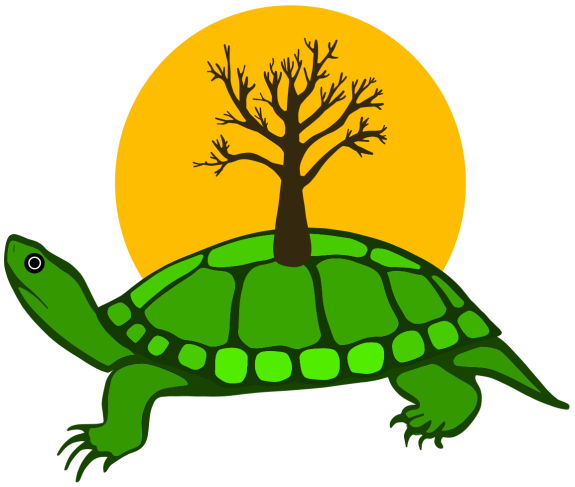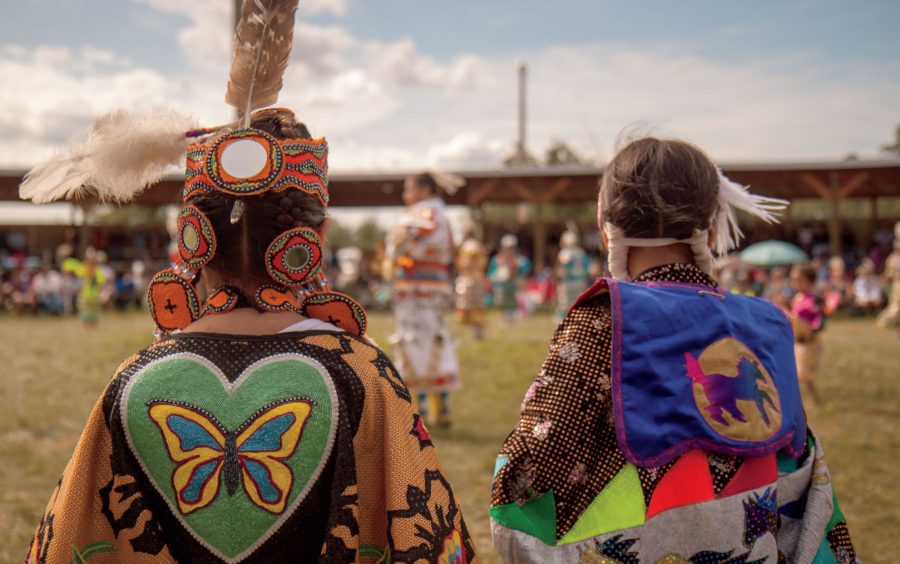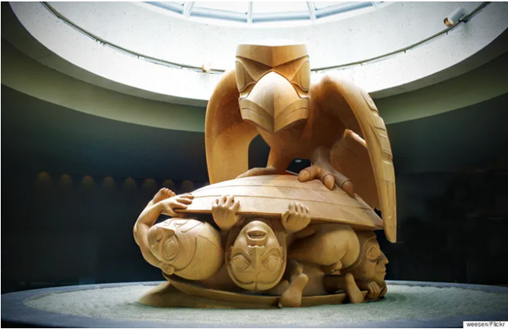November 9, 2021Who are First Nations?  First Nations peoples are not a homogenous group, and neither is their history.
|

The annual powwow at Beaver Lake Cree Nation in Alberta (Indigenous Peoples Atlas of Canada)
|
First Nations is a general term used in Canada to describe those who are not Métis or Inuit. Community members from individual First Nations are likely to identify themselves by their specific Nation such as Algonquin, Blackfoot, Cree, and many others.
Demographic facts
- There are more than 630 First Nations reserves in Canada, representing more than 50 Nations and 70+ indigenous languages
- 977,230 people in Canada identify as being of First Nations heritage (39% growth since 2006)
- 29% of the population are 14 or younger—over four times the proportion of those 65 and older (6%)
- 8 in 10 First Nations people live in:
- Ontario (24%)
- British Columbia (18%)
- Alberta (14%)
- First Nations peoples represent the largest shares of the total population of the Northwest Territories, followed by Yukon, Manitoba and Saskatchewan
- 1 in 5 First Nations people report being able to conduct a conversation in an Indigenous language
Source: 2016 Census (Statistics Canada)
As the Bank of Canada head office is located on the traditional, unceded territory of the Anishinabe Algonquin, we will focus next on their unique history.
For more information on other First Nations history, you can visit the Indigenous Peoples Atlas of Canada.
Join our first ever online symposium on Indigenous economiesNovember 29-30 from 13:45 to 19:00 ET | North America
November 30-December 1 from 07:45 to 13:00 NZDT | South Pacific
|
The Algonquin Anishinabeg Nation
The Algonquin people lived in the Ottawa Valley for at least 8,000 years before Europeans arrived in North America. They crafted tools, birchbark canoes, homes (pikogan or wigwams), hunted, fished and traded with neighbouring Nations.
The arrival of Europeans forever disrupted the life of the Algonquin, and all First Nations people. Algonquins became involved with the fur trade when French settlers arrived in the early 1600s, and remained important French allies until British control was established in the late 1700s. Establishment of British control resulted in significant loss of land and displacement of the Algonquins, the legacy of which continues today.
Source: History of the Algonquin Nation (Anishinabe Nation)
Creation stories
Creation stories are culturally significant to many First Nations. These spiritual teachings are passed down from generation to generation. They preserve sacred knowledge from ancestors to help understand the relationship between human beings, animals, and the land. Stories are told, sung, painted, carved, and brought to life through objects, ceremonies and dance.
Turtle Island
Perhaps one of the most well-known creation stories is that of Turtle Island. Many Algonquian- and Iroquoian-speaking peoples use the term “Turtle Island” to refer to North America. While versions of the story vary across communities, it is generally believed that a turtle holds the world on its back. For some, the turtle is a marker of identity, culture, autonomy, and a deeply held respect for the environment.
Glooscap and Sky Woman
Other stories explore how the world known to human beings was created. For example, Mi'kmaq, Maliseet, Passamaquoddy, Penobscot and Abenaki of the Atlantic region tell of Kinup Glooscap, who made the world habitable for humans by creating land formations, giving animals their attributes and eliminating monsters. The Haudenosaunee believe the earth was created by Sky Woman who fell onto Turtle, creating life.
“ ”
In the Skyworld where the supernatural beings lived, the twins, Glooscap ("good") and Malsm ("weak"), were sent to earth in a large stone canoe.
Glooscap is still around. He said when he left, "If you ever really need help, come and seek me, and you will find me."
Excerpt from: First Peoples of Canada - Origin Stories (Canadian Museum of History)
|
Sources : Traditional Stories and Creation Stories (Canadian Museum of History), Indigenous Canada (University of Alberta)
The First Nations economy
Indigenous economic development is an integral piece of reconciliation, and a driver of Canadian economic growth. The Truth and Reconciliation Commission’s Calls to Action (#92) identify key components of economic reconciliation:
- respectful relationships
- equitable access to opportunities
- education of non-Indigenous management in intercultural competency
- conflict resolution
- human rights
- anti-racism
Systemic racism is entrenched in Canadian society
As the Truth and Reconciliation Commission’s Report indicates, First Nations peoples continue to face significant systemic barriers to economic prosperity in Canada. Indigenous people, on average, trail non-Indigenous Canadians in every socio-economic indicator. Organizations including the Assembly of First Nations and the National Indigenous Economic Development Board (NIEDB) advocate for improved economic outcomes and work closely with governments on inclusive policy frameworks.
Economic indicators for First Nations
According to a report by Indigenous Services Canada, community wellbeing among First Nations has increased steadily over the last 35 years. Despite the increase, substantial differences in wellbeing between Indigenous and non-Indigenous communities remain.
Similarly, a 2019 NIEDB report highlights that while some outcomes for Indigenous peoples have improved in recent years, many have not, and progress has not been equally applied across Indigenous heritage groups. For First Nations—especially those on reserves—employment, education and income indicators are declining in some cases.
Read more: Key priority - Economic prosperity (Indigenous Services Canada)
Participation in economic markets
Our partners at the Tulo Centre of Indigenous Economics regularly publish open research to support greater indigenous participation in economic markets. Check out their research.
Discover something new from First Nations art and culture
Explore First Nations art and music, discover a new recipe and explore some of the cultural symbols that make First Nations distinct.
Have a favorite Indigenous artist or recipe? Let us know! Reply to this message and we will share it on the conference website for others to discover.
Art
|

Haida sculptor Bill Reid’s "The Raven and the First Men," found at UBC's Museum of Anthropology. It tells the story of the mythical raven, and the part he played in creating humans.
|
Music
Food
Culture
Acknowledgements
We acknowledge that the Bank of Canada offices are located on the land of the First Nations, Inuit, and Métis. We pay our respect to Indigenous Peoples across the country and to their ancestors for their immeasurable contributions to this country.
This newsletter’s text was reviewed by Savanna McGregor, Kitigan Zibi Anishinabeg. We are grateful for her time and effort to help us share the story of First Nations Peoples in Canada.
This is the second newsletter is a series published for the 2021 Symposium on Indigenous Economies. You can read past newsletters on the conference website. |